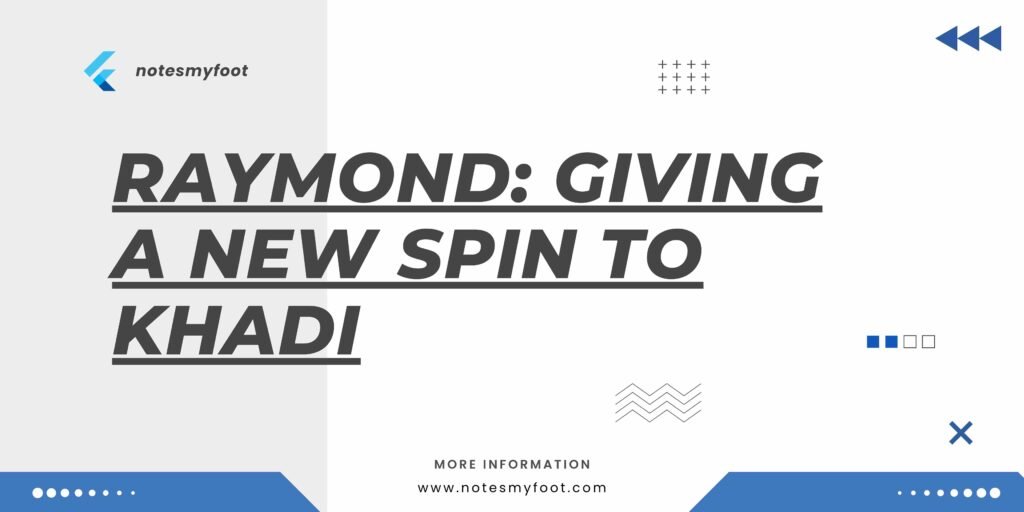
Raymond: Giving a New Spin to Khadi
In this blog post, we will delve into the fascinating journey of Raymond, a renowned textile brand, as it embarks on a transformative re-positioning strategy for Khadi. By forming a strategic alliance and embracing a socially inclusive model, Raymond has not only altered customer perceptions but also made significant strides in rural employment generation. Join us as we analyze the marketing strategy, innovation, and the impact of this public-private business partnership.
Section 1: Re-positioning Khadi
Raymond’s decision to re-position Khadi was a bold move that aimed to rejuvenate the traditional fabric and bring it to the forefront of the fashion industry. By leveraging its expertise and credibility as a textile brand, Raymond sought to change the narrative surrounding Khadi and make it more appealing to a wider audience.
Section 2: The Strategic Alliance
A key aspect of Raymond’s approach was the formation of a strategic alliance with Khadi and Village Industries Commission (KVIC). This partnership allowed Raymond to tap into the rich heritage and authenticity of Khadi while infusing it with contemporary designs and aesthetics. Together, they embarked on a journey to create a unique blend of tradition and innovation.
Section 3: Social Impact and Rural Employment Generation
Beyond the marketing strategy, Raymond’s collaboration with KVIC also had a significant social impact. By actively promoting Khadi and creating demand for it, Raymond contributed to rural employment generation. The Make in India initiative received a boost as artisans and weavers involved in Khadi production found increased opportunities for sustainable livelihoods.
Section 4: The New Marketing Mix
Raymond’s marketing mix for Khadi was carefully crafted to align with the brand’s vision and objectives. A comprehensive marketing campaign was launched, targeting both urban and rural consumers. The 360- degree marketing approach ensured maximum visibility through various channels, including print, digital media, and on-ground activations. The campaign aimed to change consumer behavior by highlighting the unique qualities of Khadi and its relevance in the modern world.
Section 5: Overcoming Challenges and Innovations
Conclusion:
In conclusion, Raymond’s re-positioning strategy for Khadi, driven by a strategic alliance with KVIC, has had a profound impact on the perception and popularity of this traditional fabric. By implementing an inclusive model, Raymond not only generated rural employment but also contributed to the larger vision of the Make in India initiative. Through innovative marketing techniques and a revamped marketing mix, Raymond successfully altered consumer behavior and made Khadi relevant in contemporary fashion. This journey serves as a testament to the power of strategic partnerships, innovation, and a visionary approach in reshaping brands and industries. Also check out Zara’s Logo Redesign: A Bold Step into the Future?
